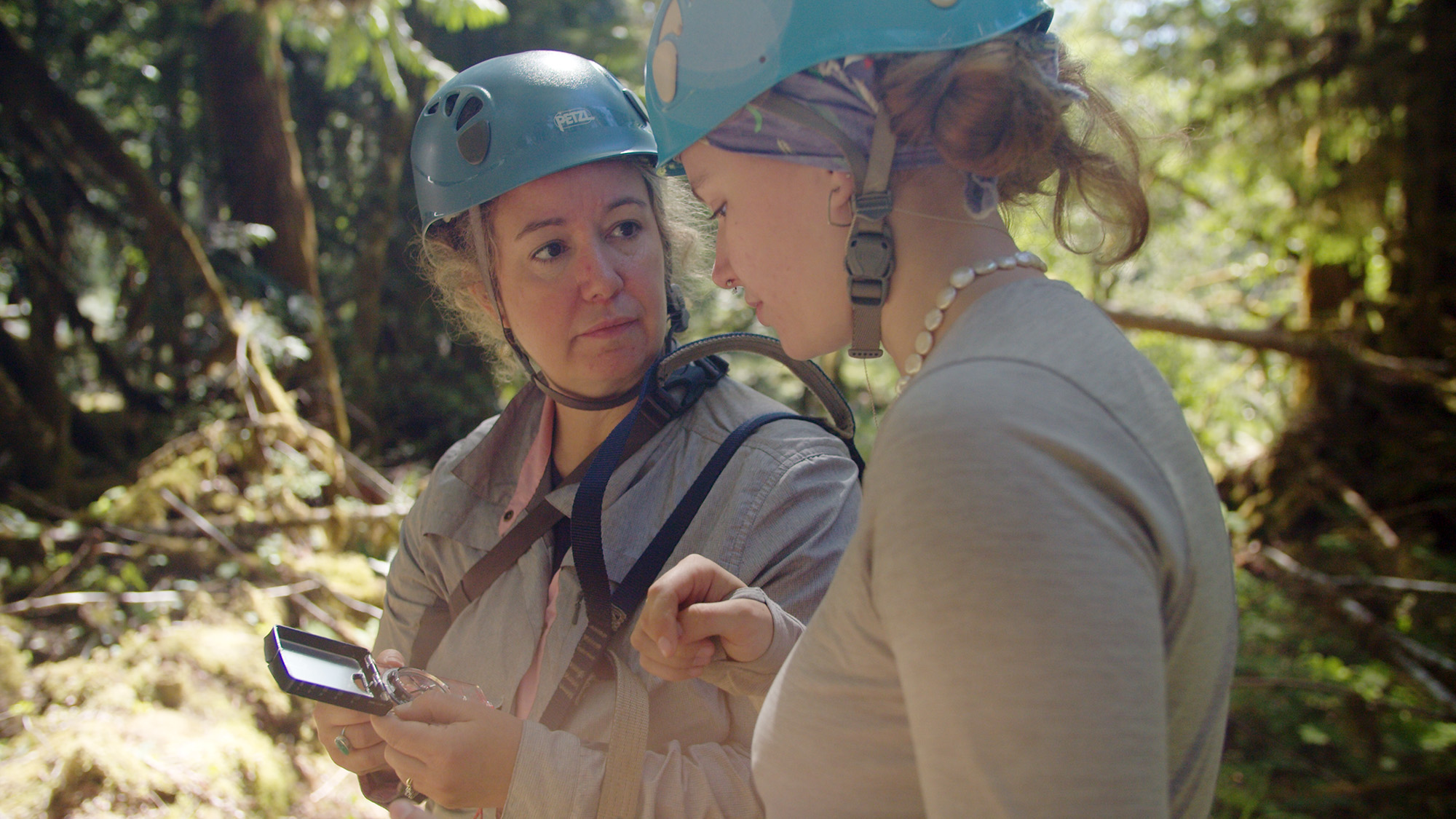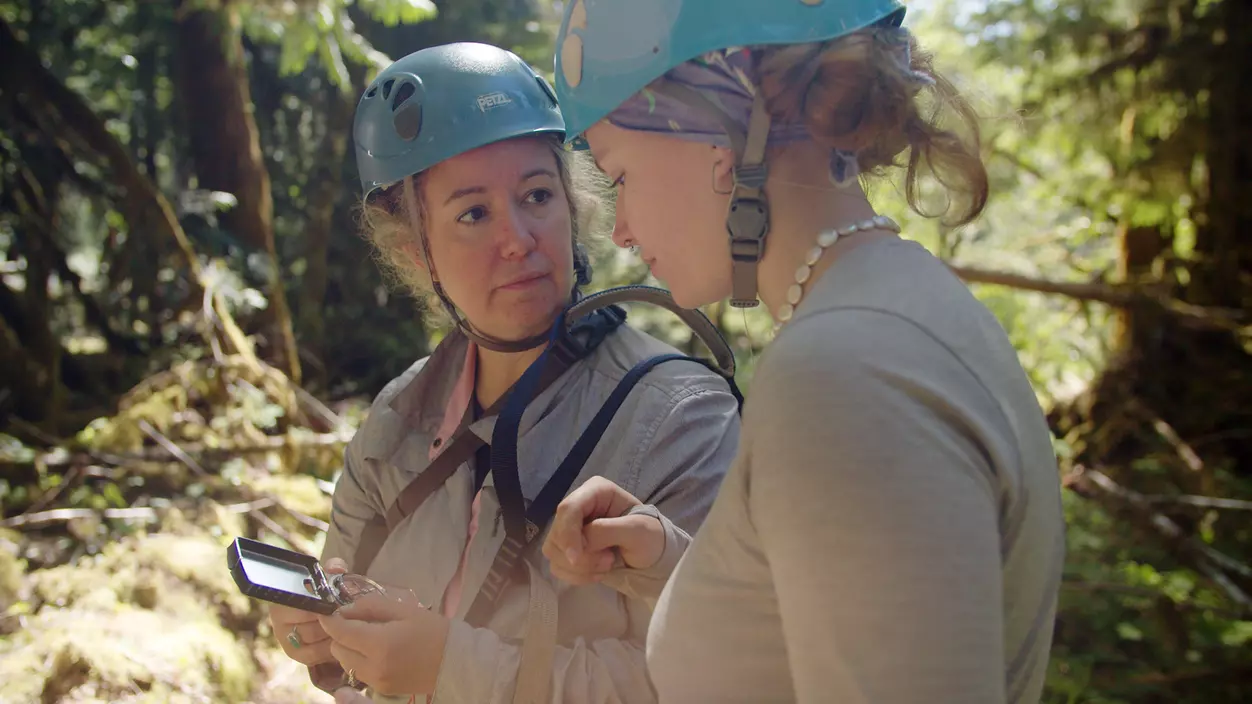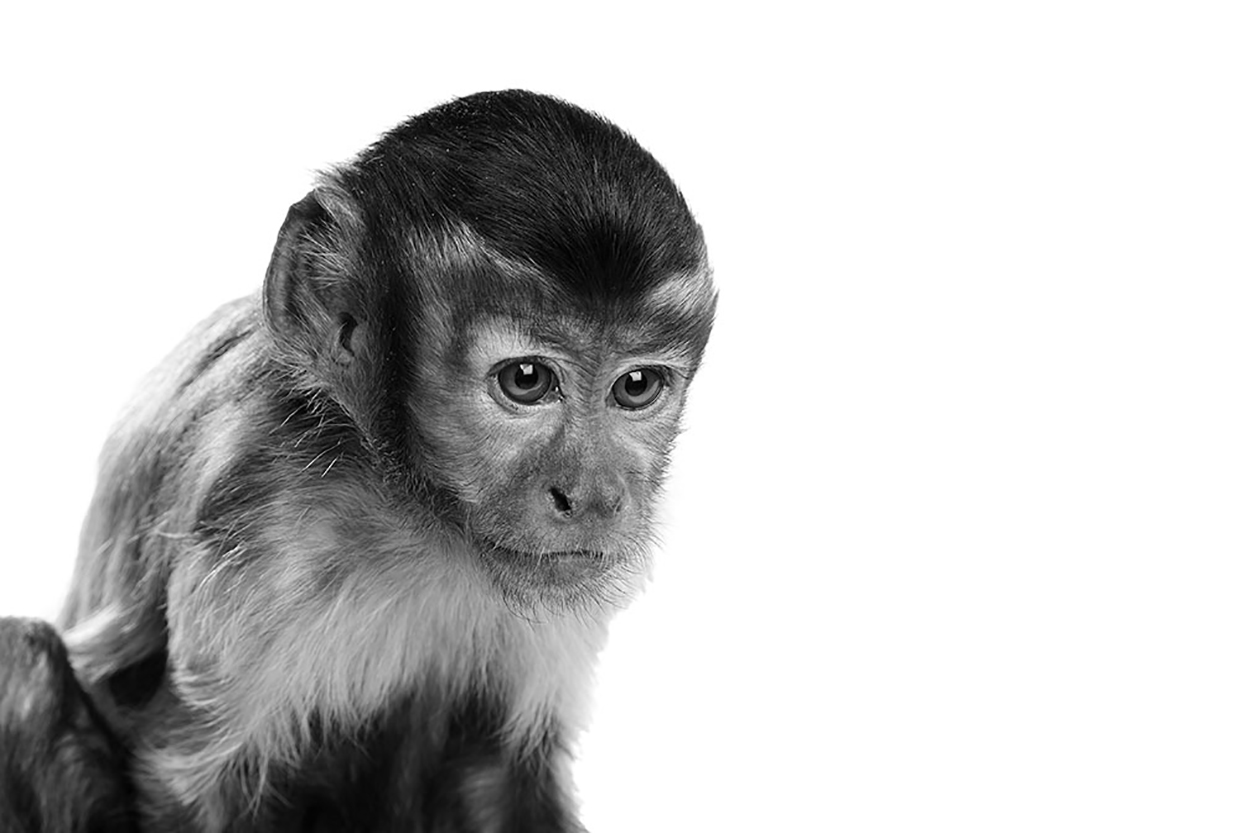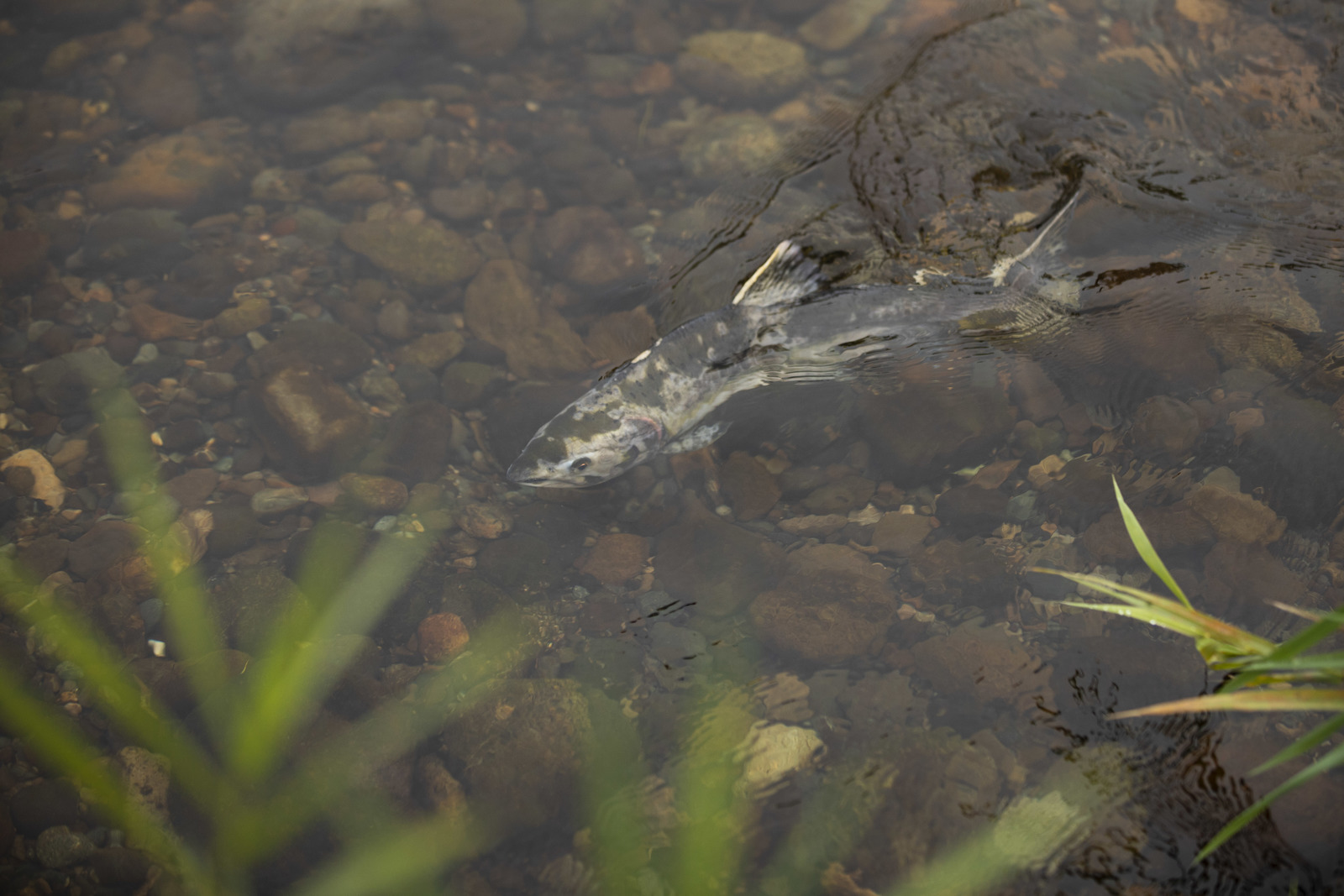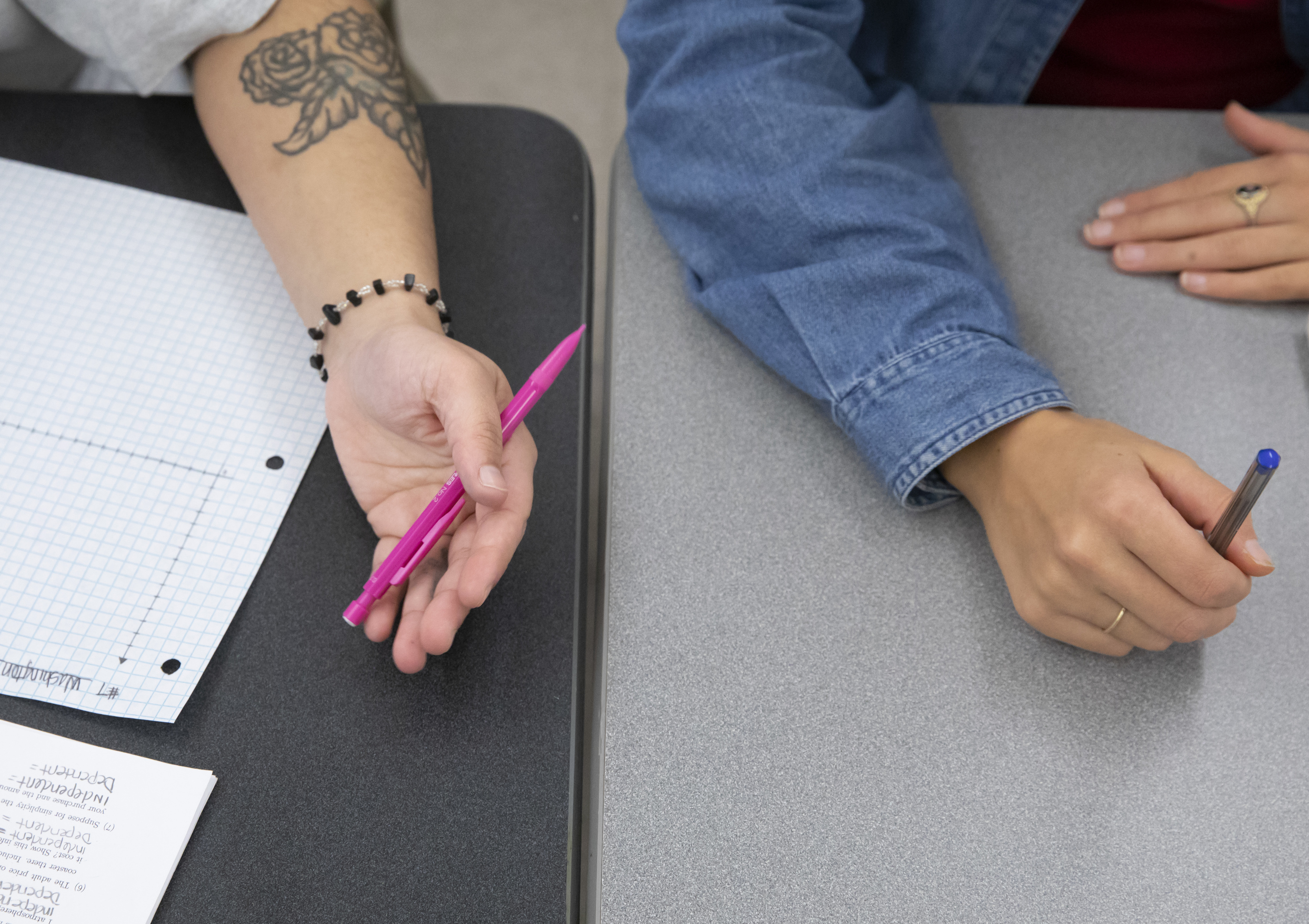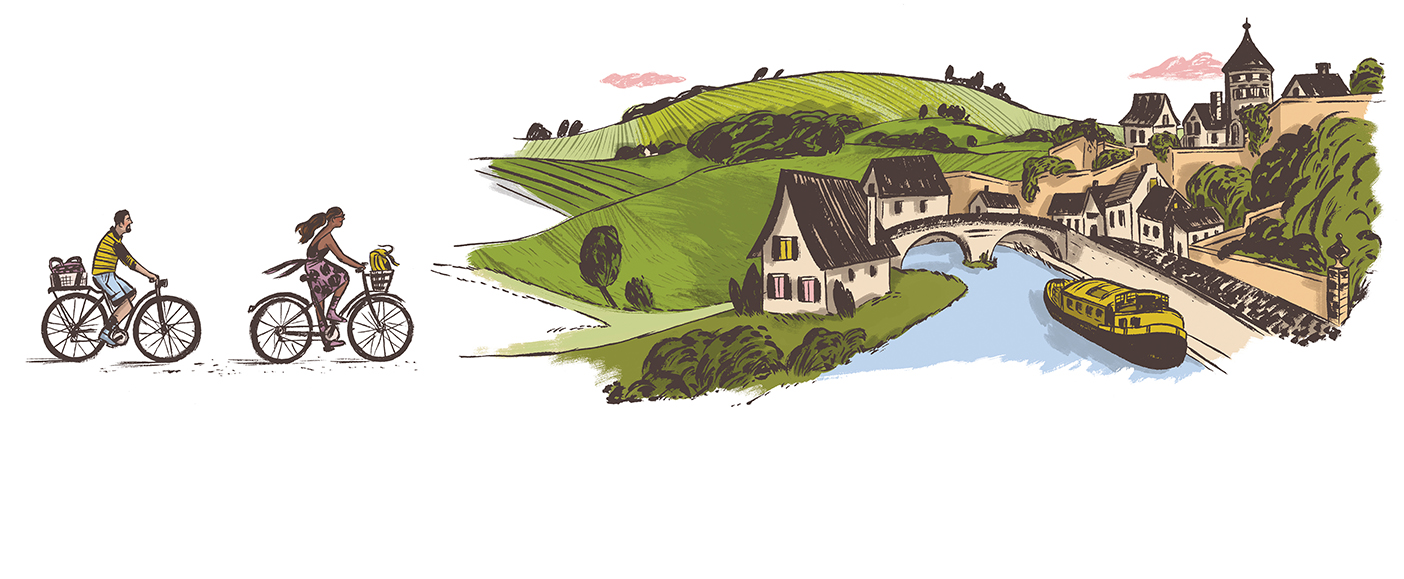Five students, mentored by biology faculty member Carrie Woods, spent part of their summer exploring plant life on the Olympic Peninsula.
For Abby Steward ’25, “glamping” was as close as her family ever got to outdoor adventure during her childhood in Oregon. So when her summer research at Puget Sound took her not only out into the woods to camp for 10 straight days, but 60 feet up into the canopy of bigleaf maples, “it really tested my capabilities,” Steward says. “I was thrown into something completely new. Being able to witness what my body could do in climbing that many trees felt amazing.”
Steward was studying the diversity and location of plant species in the trees near Lake Cushman. She was one of five undergraduates who broadened their understanding of biology and ecology—and of themselves—during research last summer under the mentorship of Carrie Woods, associate professor of biology.
